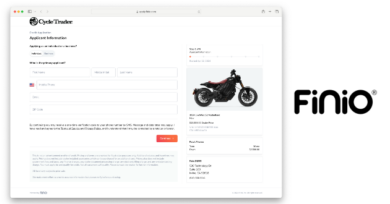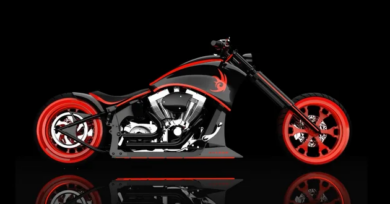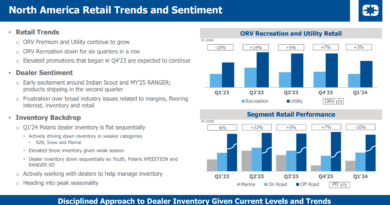Proposal seeks to increase youth training – December 4, 2006
The Consumer Products Safety Commission (CPSC) believes that 6,000 to 7,000 more ATV owners will seek training annually should proposed federal rule changes be adopted.
The proposals are designed to increase the amount of training provided to riders by requiring that all manufacturers offer free, half-day training courses. In addition, the proposal would increase the number of youth ATV models from two to three, substituting engine size limits with speed limits that would open up training to more youths. The CPSC proposal also would legislate many of the things that domestic ATV manufacturers have been doing for nearly two decades under consent decrees first agreed upon in 1988. Those would include a ban on the sales of three-wheel ATVs and mandating the offer of free training.
OEMs believe the changes could level the playing field between imported products that can cost far less than similar models offered by traditional manufacturers while increasing training.
“We belong to the Motorcycle Industry Council and (Specialty Vehicle Institute of America), and we back what they back,” said Glenn Hansen, communications manager at American Suzuki, Brea, Calif. “We think all manufacturers should follow the same guidelines we follow. This will help ensure the success of us as manufacturers but also of consumers so they know they’re comparing apples to apples” among models.
According to CPSC statistics, 10 percent of ATV sales are by manufacturers not currently covered under voluntary training guidelines. However, industry officials believe ATV imports are much higher, although importers do not report figures to the Motorcycle Industry Council, which tracks ATV sales.
For training, domestic OEMs rely on the All-Terrain Vehicle Safety Institute (ASI), a nonprofit division of SVIA. The SVIA offshoot was formed in 1988 to implement an expanded national program of ATV safety education and awareness in light of the consent degrees. Manufacturers pay for the training, and many offer cash or merchandise incentives to encourage new ATV buyers to attend a training course.
Since 1989, ASI has trained more than 661,000 people, including more than 45,000 in 2005. Mike Mount, director of communications for SVIA, says its network of training sites and instructors can handle any uptick in training demand should the CPSC proposals become law. Mount notes ASI has 919 active training sites in 50 states and more than 2,100 instructors. An average of 200 training classes are conducted each week, Mount says.
Nearly one-quarter of novice ATV purchasers avail themselves of the free training. But overall, only 7 percent of buyers take the course. ASI?currently offers a “Try Before You Buy” program, which enables first-time buyers to pay for the ATV RiderCourse before making a purchase. If the trainee purchases an ATV within 12 months of training, they are reimbursed for those costs and receive any incentives from the vehicle manufacturer.
Scott Wolfson, CPSC spokesman, says the federal commission believes that basing youth ATVs on top speed instead of engine size will result in more youths riding vehicles appropriate to their size and ability and open up training opportunities for them. For example, ASI will not train a 15-year-old on an adult model.
According to the CPSC rulemaking document, several commenters to the first round of proposals expressed frustration with the current ATVs available for children because the smaller frames of these ATVs will not fit some 13- to 15-year-olds. “It’s not anecdotal that kids 12-15 are getting bigger,” Wolfson says. “It’s not uncommon for a 14-year-old to be 5-foot, 10-inches and 160 pounds, and that child does not fit on a youth model. Girls and boys don’t have the proper fit, and that’s dangerous.”
The CPSC believes the new guidelines may encourage manufacturers to offer ATVs with larger frames and larger engines, but with limited maximum speeds that would be appropriate for children. That change would shift a number of young riders to youth ATVs rather than larger adult models, bringing greater safety and an increase in training among riders who need it most.
Commission analysis indicates the injury rate for ATV riders under the age of 16 who are driving adult ATVs is about twice the expected injury rate of those who are driving age-appropriate ATVs. Analysis of ATV incident data also found a strong inverse relationship between driving experience and the risk of hospital emergency department-treated injury. The analysis indicates that risk in the first year of riding was about 65 percent higher than the risk in the second year, and about twice the risk of the third year.
“Voluntary or involuntary (training) doesn’t matter because we’re doing it already,” says John Tranby, marketing and communications manager at Arctic Cat, Thief River Falls, Minn. “Training is incredibly important, but so are brakes that work.
“We want to keep the industry going. We want training done and standards met to keep everyone in the industry safe,” Tranby says. psb




